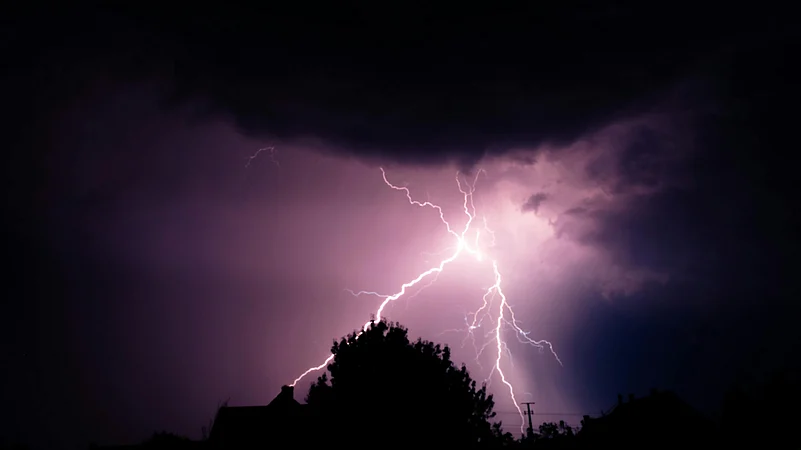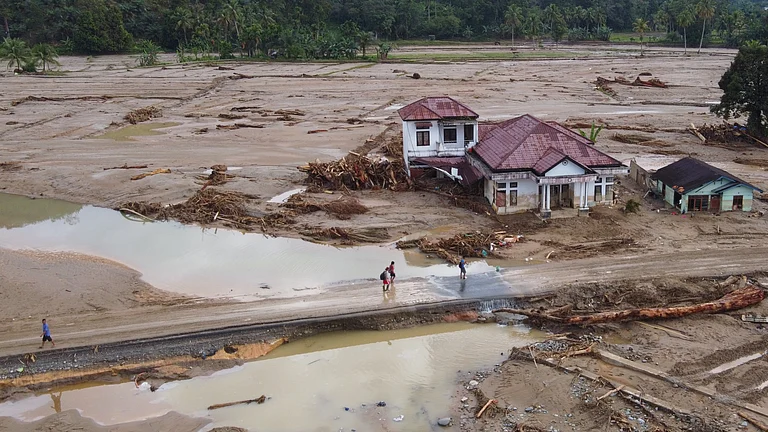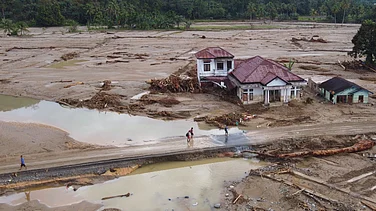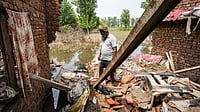At least 14 people were killed and over 100 more were injured by the ravaging windstorms that hit central and northern Pakistan after an intense episode of heatwave, reported AFP.
Fierce winds, thunder and lightning swept across eastern Punjab and northwestern Khyber-Pakhtunkwa provinces along with Islamabad on the afternoon and evening of May 24. According to reports, majority of deaths were caused by collapsing walls and roofs, with at least two people reported dead after being hit by solar panels dislodged by the whipping gusts. Lightning strikes ended up killing one man and injured three others.
Mazhar Hussain, a spokesperson for the Punjab provincial disaster management authority, told AFP that such windstorms develop because of excessive heat, which reached above 45 degrees Celsius (113 degrees Fahrenheit) in recent days.
"There were three to four days in the recent heatwave where temperatures went up quite a lot," he said, announcing 14 deaths in Punjab and 100 injured.
"This windstorm was particularly destructive. The wind speed was very high. There was so much dust in it that visibility was greatly reduced."
Extreme Weather Batters Pakistan
As cited by TOI, Islamabad and surrounding areas underwent multiple unusual hailstorms in April and May that resulted in damaging of vehicles and solar panels, underscoring the growing trend of extreme weather events in the country.
According to a Science Direct study, Pakistan's geographical and economic constraints make it particularly vulnerable to climate change effects. The most vulnerable demographics include outdoor laborers, women, kids, and the elderly.
Climate disasters—including floods and extreme heat—have killed thousands in Pakistan in the last several years. This year, temperatures of more than 120 degrees Fahrenheit came early and threaten to break spring heat records, reported Inside Climate News.
Over 95% of all deaths in Pakistan go unregistered, as reported by the Pakistani government’s estimation.
“It’s really important [to understand] how little we see of the real impacts of the climate crisis in Pakistan,” Laura Mills, a crisis response researcher at Amnesty International and one of the authors of the 2025 report published by Amnesty International.
“We’re only seeing part of the story,” Mills added.































